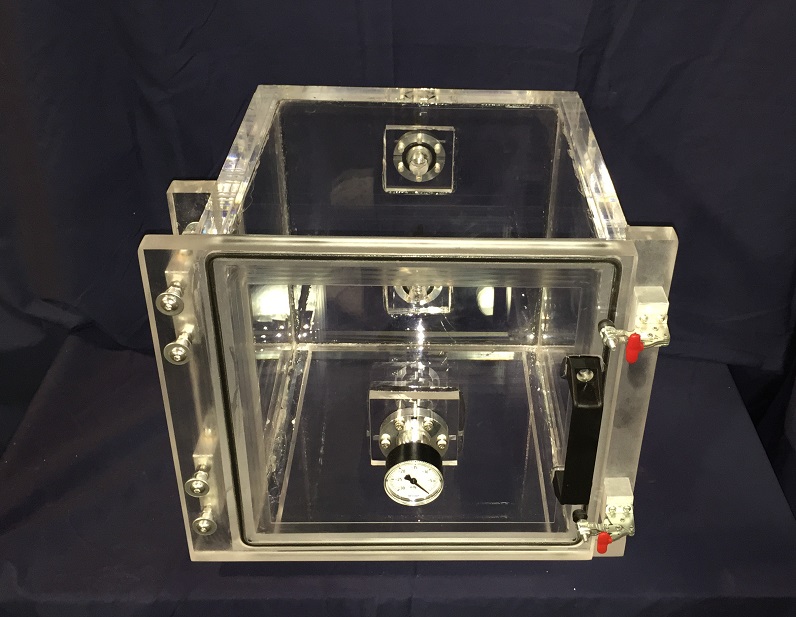Package Altitude Simulation Test (PAST) is a test computer software that is used to simulate the pressure and performance of package design. Testing packages for their air-tightness can be difficult, so the PAST test allows designers to create more quality products. In this blog article, we discuss what the PAST test is, how it works, and some of its benefits.
Package Altitude Simulation Test (PAST) is a simulation test that is used to predict the performance of a package at a high altitude. The test is based on the theory of Bernoulli numbers and is used to determine the viability of a package at a high altitude.

Image Source: Google
The package altitude simulation test (PAST) is a critical component of the process of certifying that air cargo is delivered safely to its destination. The PAST is used to verify the accuracy of altitude data and predictions made by an air traffic controller in order to maintain safe flight conditions for passenger and cargo aircraft.
The benefits of using the PAST include ensuring that aircraft are delivered safely to their destination, reducing the chances of a collision, and improving overall air traffic control efficiency. The risks associated with the PAST include the possibility of incorrect altitude data leading to aircraft collisions, as well as increased costs due to lost cargo.
If you're working in an aviation environment or planning to work in one in the future, then you should be familiar with the Package Altitude Simulation Test (PAST). PAST is a required test for anyone working within 10,000 feet of an airport elevation. It's also important to know if you're flying into or out of high-altitude airports.